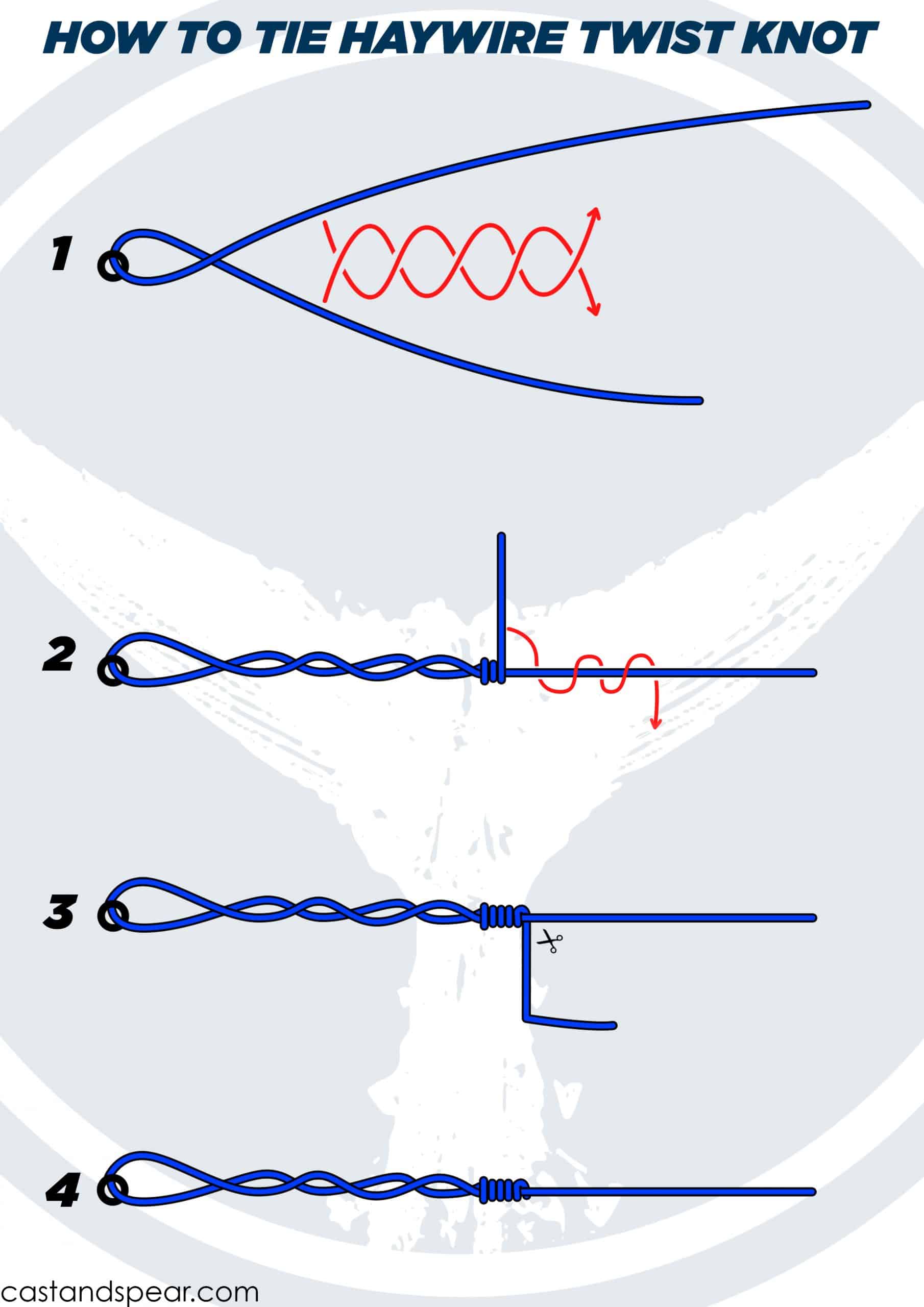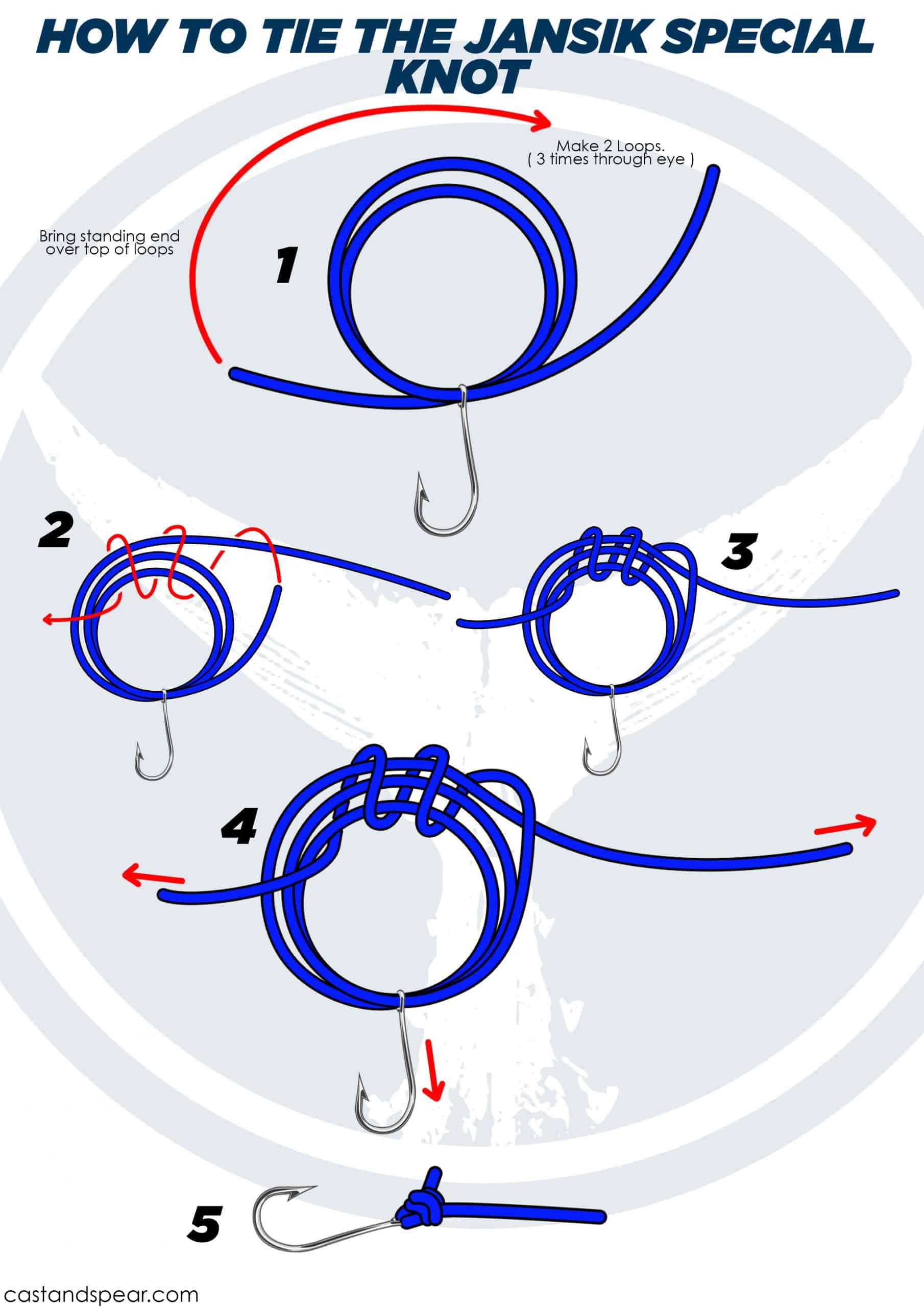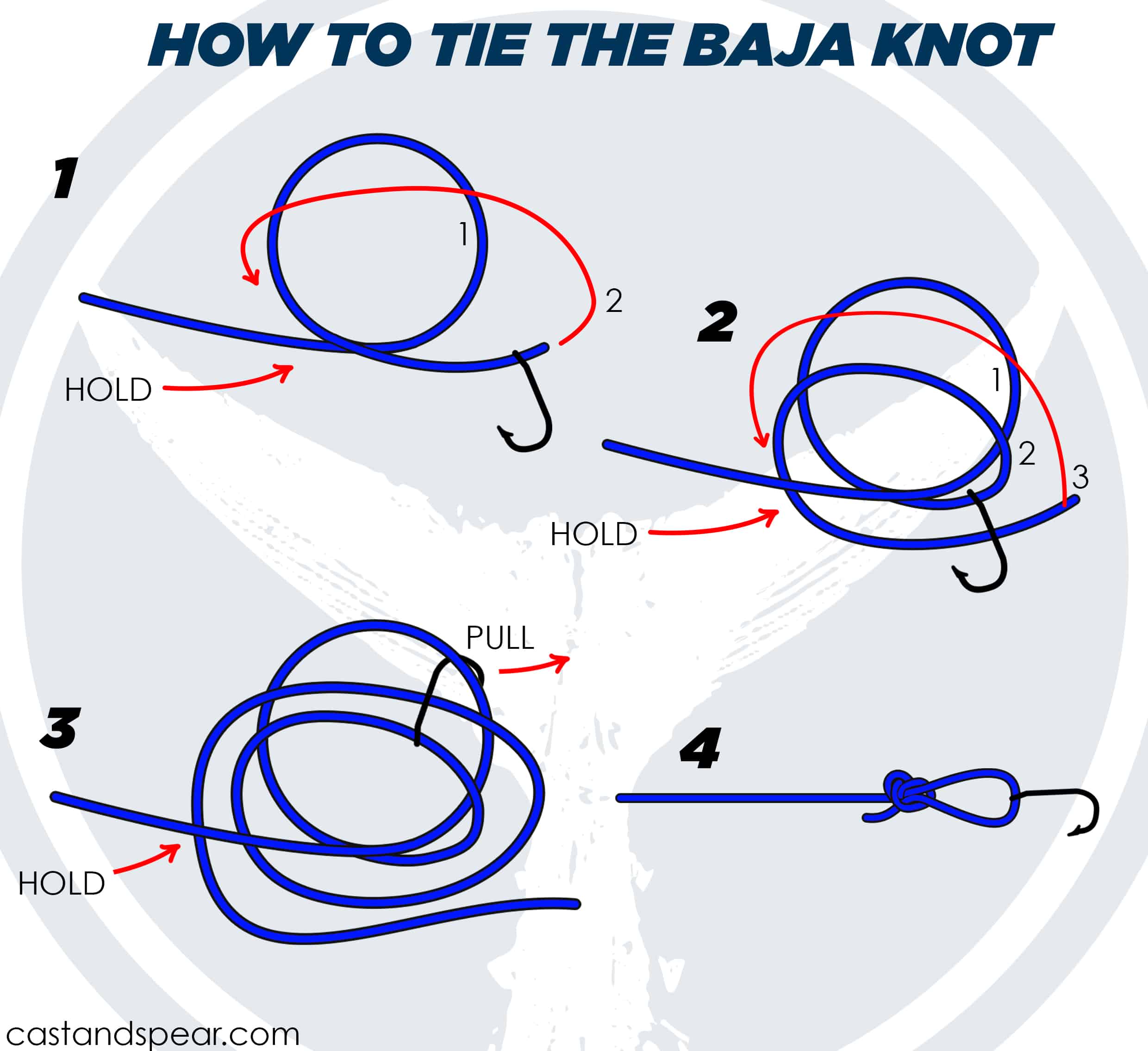Have you ever wondered about the best way to secure your fishing leader to your braid mainline? Whether you’re just starting out or you’re an old hand at the reel, knowing how to tie a Bristol Knot is a game-changer. This guide is going to walk you through the steps of tying this super-strong knot, its improved version, with tips and tricks – making your fishing trips smoother and more successful.
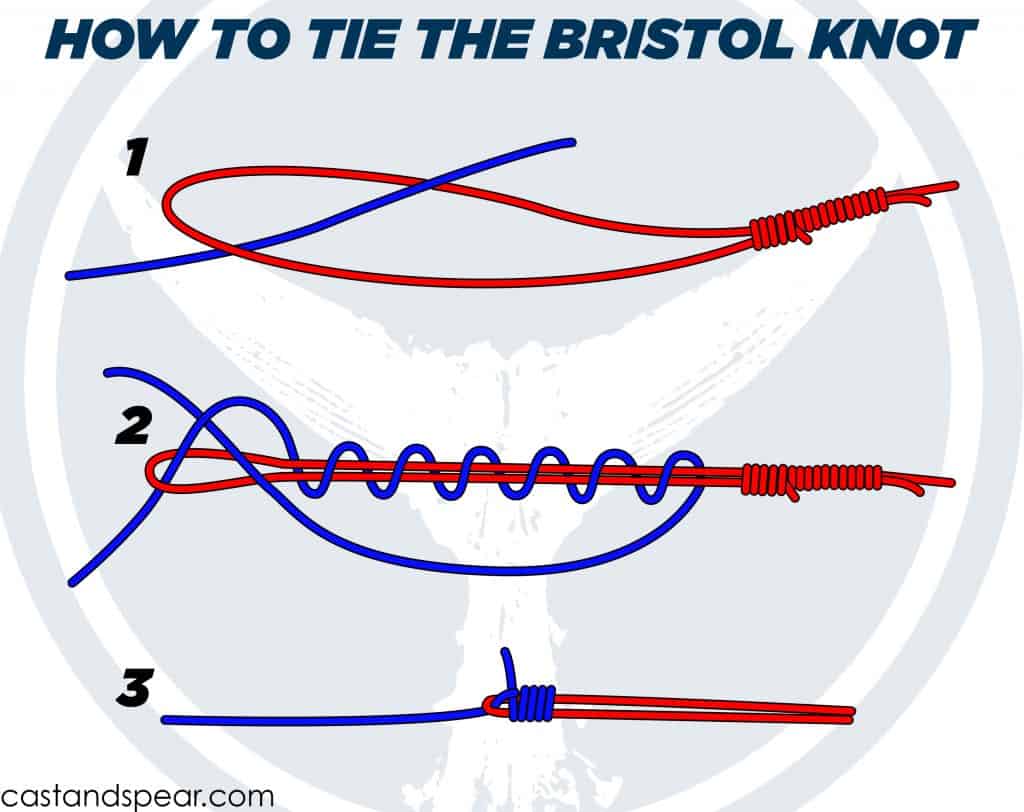
The Bristol Knot, also known as the No Name Knot, is a strong and reliable knot that’s primarily used to connect a leader to a double line. It’s a knot that’s been tried and tested in various fishing scenarios, proving its worth time and time again. Whether you’re just starting out or you’re an old hand at the reel, the Bristol Knot is a tool you’ll want in your angling arsenal.
But why the Bristol Knot, you ask? Well, it’s all about its blend of simplicity and strength. This knot is relatively easy to tie, making it accessible for beginners. Yet, it doesn’t compromise on strength, ensuring that you have a secure and reliable connection when you’re out on the water.
So, whether you’re planning a casual weekend fishing trip or you’re gearing up for a heavy-duty offshore adventure, the Bristol Knot is a skill you’ll want to master. Stick around as we delve into the step-by-step process of tying this essential knot, and get ready to up your fishing game!
How to Tie the Bristol Knot
- Start by creating a Bimini Twist or a Spider Hitch in your mainline.
- Put your leader through the loop in the mainline loop and wrap it five to seven times.
- Pass the tag end of your leader line through the loop formed by the leader and the first twist.
- Cinch down the knot about 80%, then moisten.
- Pull tight on the leader line and trim the 90-degree angle tag end. Make sure your double line trim is clean as well.
The Bristol Knot At A Glance
The Bristol Knot is a secure knot for attaching your leader to your braid mainline. You’ll need to double up your mainline using a Bimini Twist or a Spider Hitch, then connecting your leader is a simple few twists and a single point of locking down.
Here’s what makes the Bristol Knot stand out:
- Simplicity: The Bristol Knot is relatively easy to tie, even for beginners. With just a few steps involving creating a loop, wrapping the leader, and cinching the knot, you can master this knot in no time.
- Strength: Despite its simplicity, the Bristol Knot is incredibly strong. It maintains a high percentage of line strength, making it reliable for various fishing scenarios.
- Versatility: The Bristol Knot works well with different types of line, including mono, fluoro, and braid. This makes it a versatile choice for different fishing setups.
- Smooth Passage: One of the key advantages of the Bristol Knot is its slim profile, allowing it to pass smoothly through guides when casting or retrieving.
The Improved Bristol Knot At A Glance

The Improved Bristol Knot is a variation of the original Bristol Knot, offering enhanced strength and security. Here’s what you need to know about the Improved Bristol Knot:
- Additional Wraps: The main difference between the Bristol Knot and its improved version is the number of wraps. In the Improved Bristol Knot, the leader is wrapped up and down the same number of times over the double line, providing extra grip and strength.
- Increased Strength: These additional wraps give the Improved Bristol Knot more bite on the mainline, increasing its overall strength. This makes it an excellent choice for heavy-duty fishing scenarios.
- Slightly More Complex: While the Improved Bristol Knot is still relatively easy to tie, it does require a bit more skill and precision due to the additional wraps. However, with practice, even beginners can master this knot.
- Ideal for Offshore Fishing: The Improved Bristol Knot is a standard for offshore saltwater fishing, thanks to its enhanced strength and reliability.
Tying the Improved Bristol Knot
- The improved version of the Bristol Knot requires you to wrap your leader up and down the same number of times over your doubled mainline loop. This gives it a bit more bite on the mainline and increases its strength.
Bristol Knot Tying Tips
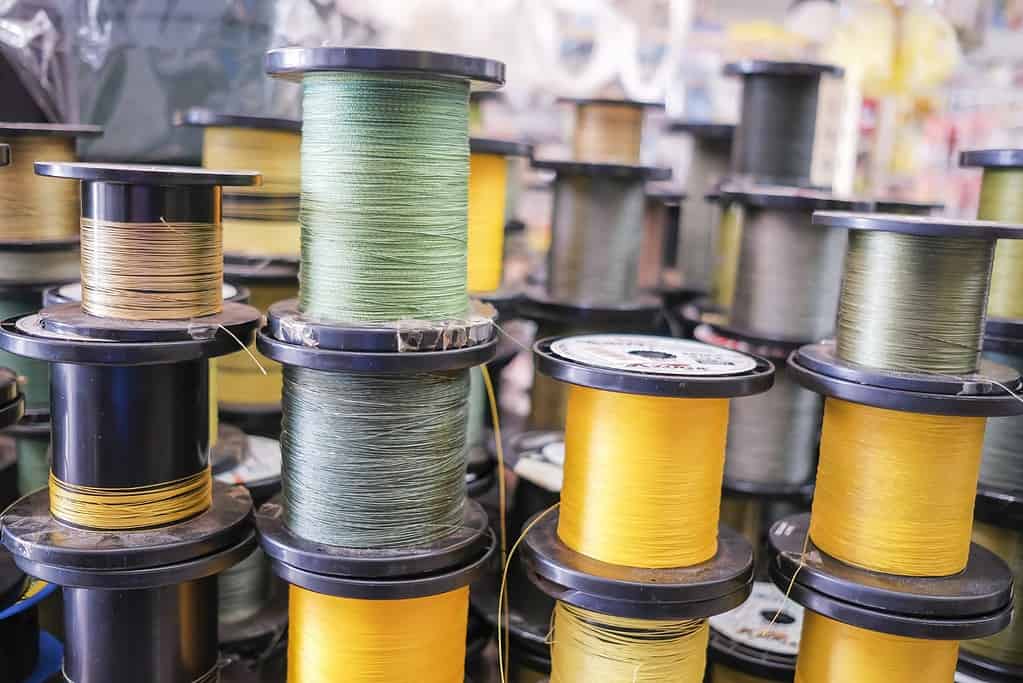
- Practice Makes Perfect: Like any skill, practice is key when it comes to tying the Bristol Knot. The more you practice, the quicker and more efficiently you’ll be able to tie this knot.
- Use the Right Line: The Bristol Knot works well with different types of lines, including mono, fluoro, and braid. Make sure you’re using the right type of line for your fishing setup.
- Moisten the Knot: Before you pull the knot tight, moisten it with a bit of saliva or water. This reduces friction and allows the knot to tighten more effectively.
- Use Your Fingers Effectively: Use your middle finger to hold the leader and the doubled mainline tight while you tie your wraps. Use your index finger and thumb to make the wraps.
- Check Your Knot: After you’ve tied your Bristol Knot, give it a good tug to make sure it’s secure. The last thing you want is for your knot to come undone when you’ve got a fish on the line!
- Ensure a Strong Double Loop: The Bristol Knot is only as good as the knot making the doubled main line loop. Make sure you use a connection that you’re confident of. Otherwise, you’ll lose your leader.
Common mistakes to avoid include not wrapping the leader enough times around the mainline loop, not moistening the knot before tightening, and not trimming the tag ends properly.
Bristol Knot Uses
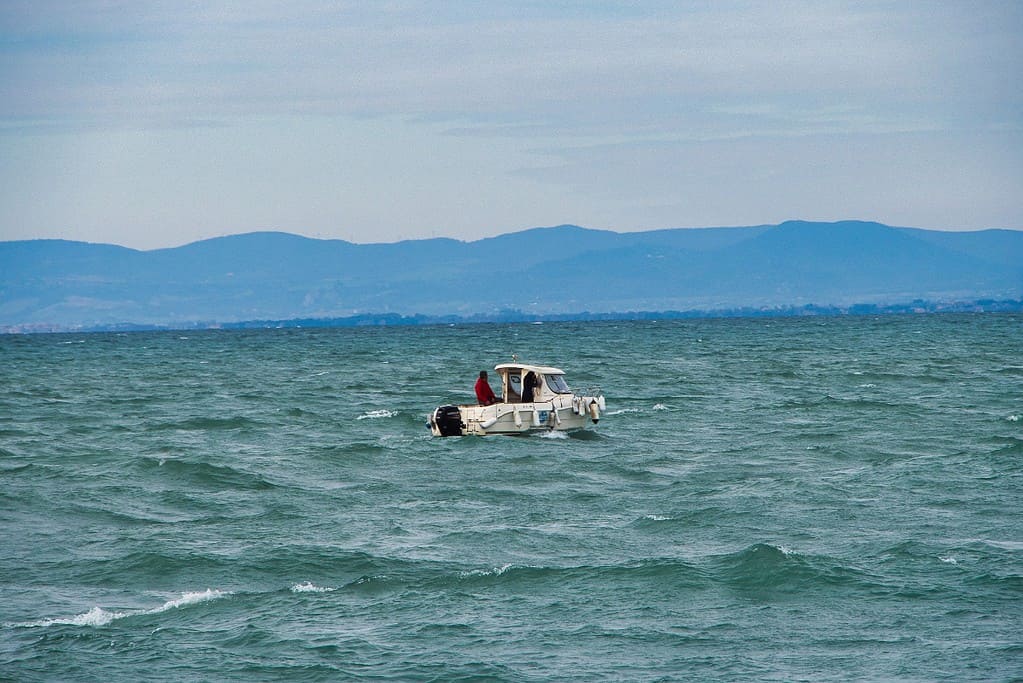
- The Improved Bristol Fishing Knot is one of the standards for offshore saltwater fishing. It is used for attaching a leader to a braid mainline, which is a common requirement in offshore fishing.
- When compared to other knots used in similar situations, such as the FG Knot or the Double Uni Knot, the Bristol Knot stands out for its ease of tying and its slim profile, which allows for smoother passage through guides during casting and retrieving.
Advantages and Disadvantages
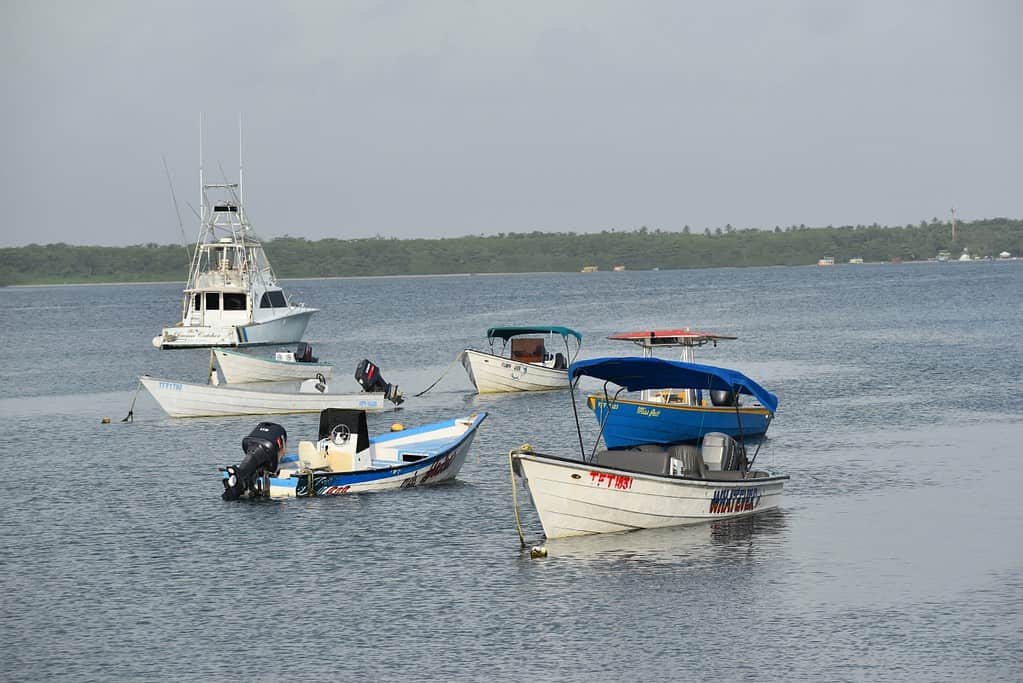
- The Bristol Knot braid to mono or fluorocarbon is a quick alternative to an FG Knot.
- This one can be a bit bulky if you plan to have your connection point to go through your guides. Save your guides and keep the leader outside so they don’t have to pass through.
The Bristol Knot comes with a set of advantages that make it a popular choice among anglers. Its simplicity, strength, and versatility are its key strengths. Moreover, its slim profile allows for smoother casting and retrieving, which can be a significant advantage in many fishing scenarios.
However, like any knot, the Bristol Knot has its disadvantages. One of the main drawbacks is that it can be a bit bulky if you plan to have your connection point go through your guides. This can potentially cause wear and tear on your guides over time.
Despite this, in situations where strength and reliability are paramount, such as offshore saltwater fishing, the advantages of the Bristol Knot often outweigh its disadvantages.
Alternatives
FG Knot
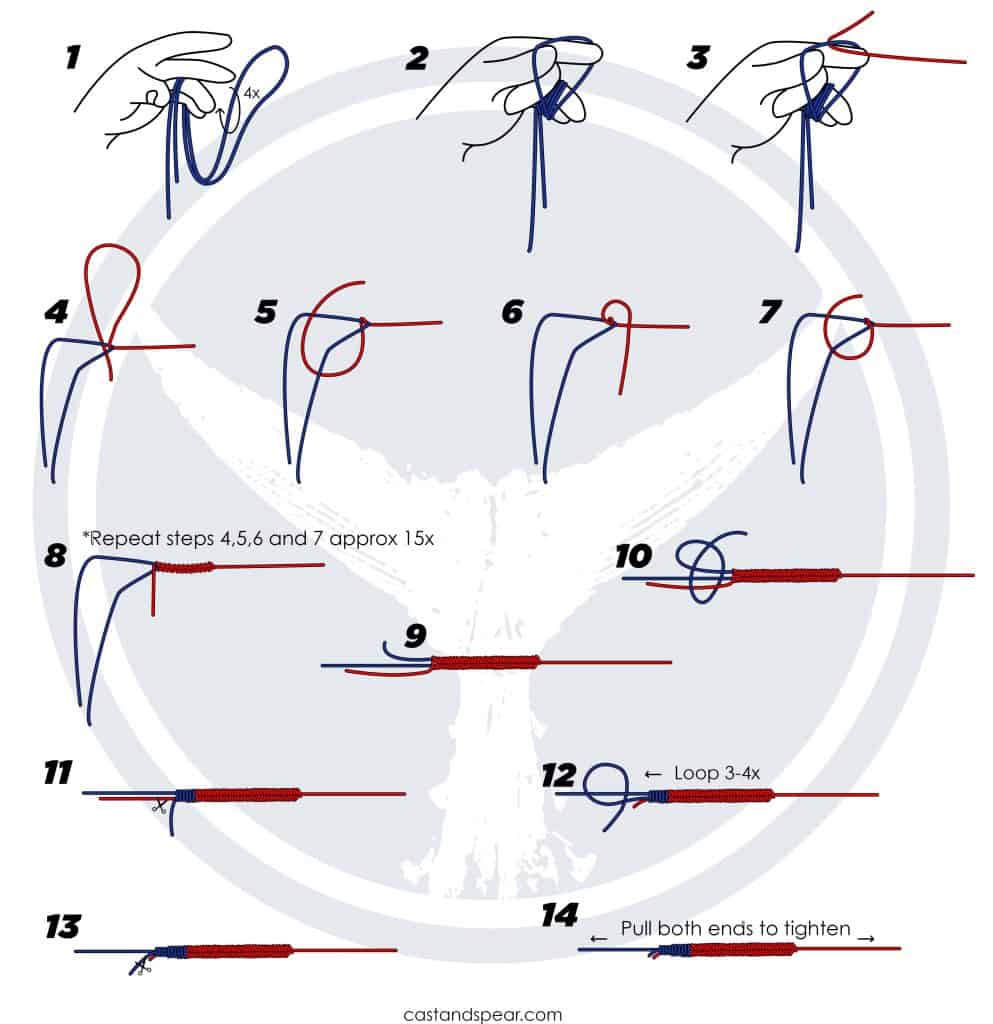
The FG Knot is known for its strength and thin profile, making it an excellent choice for heavy-duty fishing scenarios. However, it’s more complex to tie compared to the Bristol Knot.
Double Uni Knot
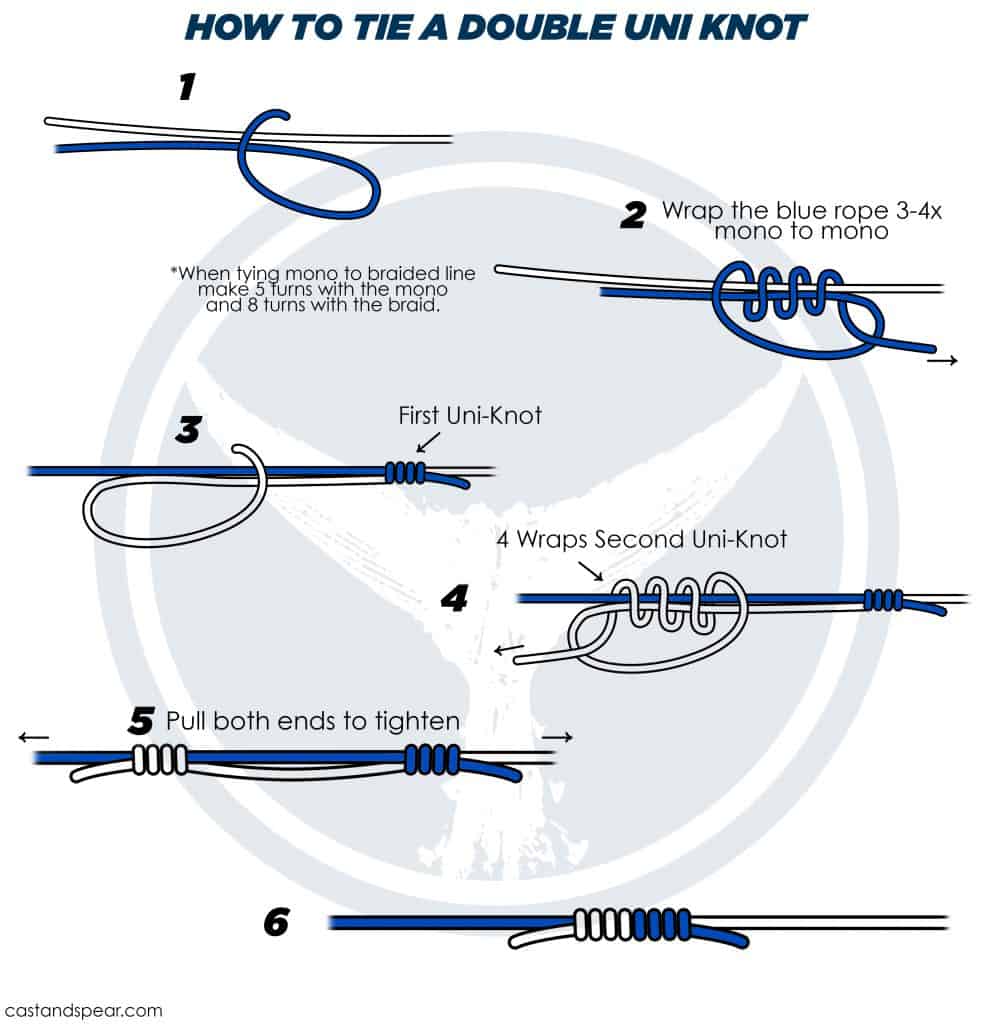
Palomar Knot

The Double Uni Knot is another great alternative. It’s relatively easy to tie and is versatile, working well with different types of line. However, it’s not as slim as the Bristol Knot, which can affect its ability to pass through guides smoothly.
Frequently Asked Questions
The Double Uni Knot is a versatile knot used to connect two lines of similar or different materials. It involves tying a Uni Knot in each line around the standing part of the other, then pulling the standing lines in opposite directions to slide the knots together. Check out our guide on how to tie the Double Uni.
The FG Knot is a popular knot for connecting a fishing line to a leader. It involves creating a series of hitches around the leader with the fishing line, then securing the end of the fishing line with a half hitch. Check out our guide on how to tie the FG Knot.
The Palomar Knot is a simple and strong knot used to secure a hook or swivel to your fishing line. It involves creating a loop in the line, passing the loop through the eye of the hook or swivel, tying an overhand knot with the loop, then passing the hook or swivel through the loop and pulling tight. Check out our guide on how to tie the Palomar.
Absolutely! The Bristol Knot is known for its simplicity. With a bit of practice, even beginners can master this knot quickly.
Yes, the Bristol Knot is an effective way to join a braided line to a mono line. It’s a versatile knot that can be used with various types of fishing lines, making it a valuable skill for any angler.
The Verdict
Mastering the Bristol Knot is a valuable skill for any angler, from the novice to the seasoned pro. Its blend of simplicity, strength, and versatility makes it a reliable choice in a variety of fishing scenarios. With practice, the Bristol Knot can become a trusted tool in your angling adventures, enhancing your fishing experience and increasing your chances of a successful catch.






 Facebook
Facebook YouTube
YouTube